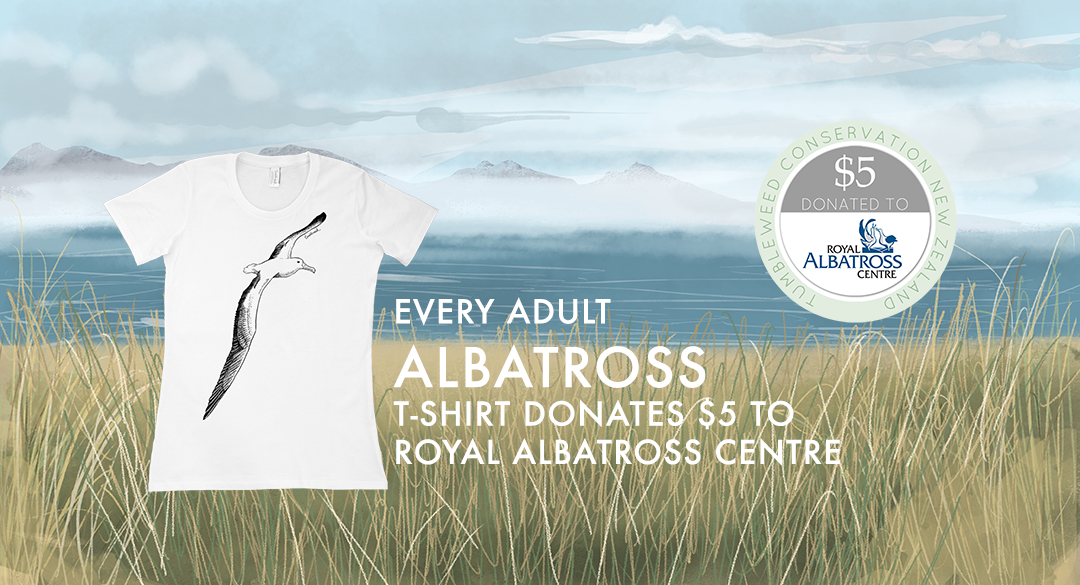Albatross Conservation

Albatross are the world’s largest seabirds. They normally breed on remote islands and spend at least 85 percent of their lives at sea, well away from land and human view. Dunedin’s Taiaroa Head is the only mainland Royal Albatross breeding colony in the world.

Renowned ocean wanderers, they travel vast distances from their breeding grounds to feed. The royal albatross, with its massive three metre wingspan, flies an estimated 190,000 kilometres a year.
The breeding birds arrive at Taiaroa Head on Otago Peninsula in September. They nest during early November and within the following three weeks an egg is laid – one only per pair, each two years.

The parents share incubation duty as it lasts a period of 80 days! The chicks hatch from late January to early February. The parents take turns at guarding the chick for the first 35 days to protect it from predators. After that the chick is by itself, with parents only returning with food every few days. It takes eight months for the little balls of fluff to become not so little juveniles, and they will finally take their first ever flight in September! 12 months after their arrival at Taiaroa Head, the chicks’ parents finally leave the colony to spend a year at sea before returning to breed again.
The young Royal Albatross will spend the next three to five years at sea, never touching land during that time. Many then return to this unique headland to start another generation of Royals of Dunedin’s Taiaroa Head.
The Royal Albatross Centre, The Otago Peninsula Trust, and the Department of Conservation combine to protect and preserve the Albatross of Taiaroa Head and have initiated many research projects alongside the University of Otago so that we may better understand these majestic seabirds.
$5 from every adult Albatross t-shirt sold goes directly towards the fostering and protection of the Northern Royal Albatross.
